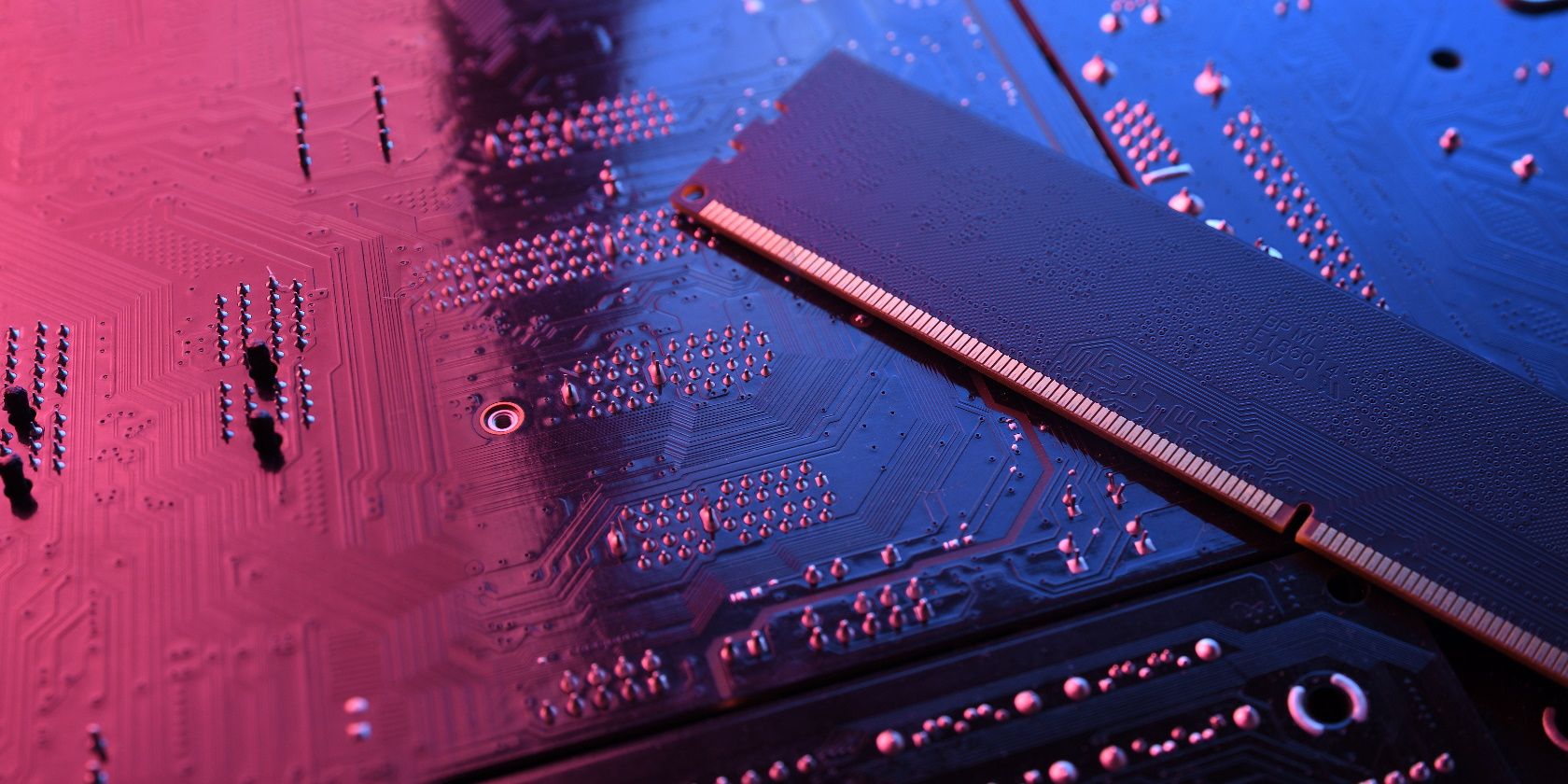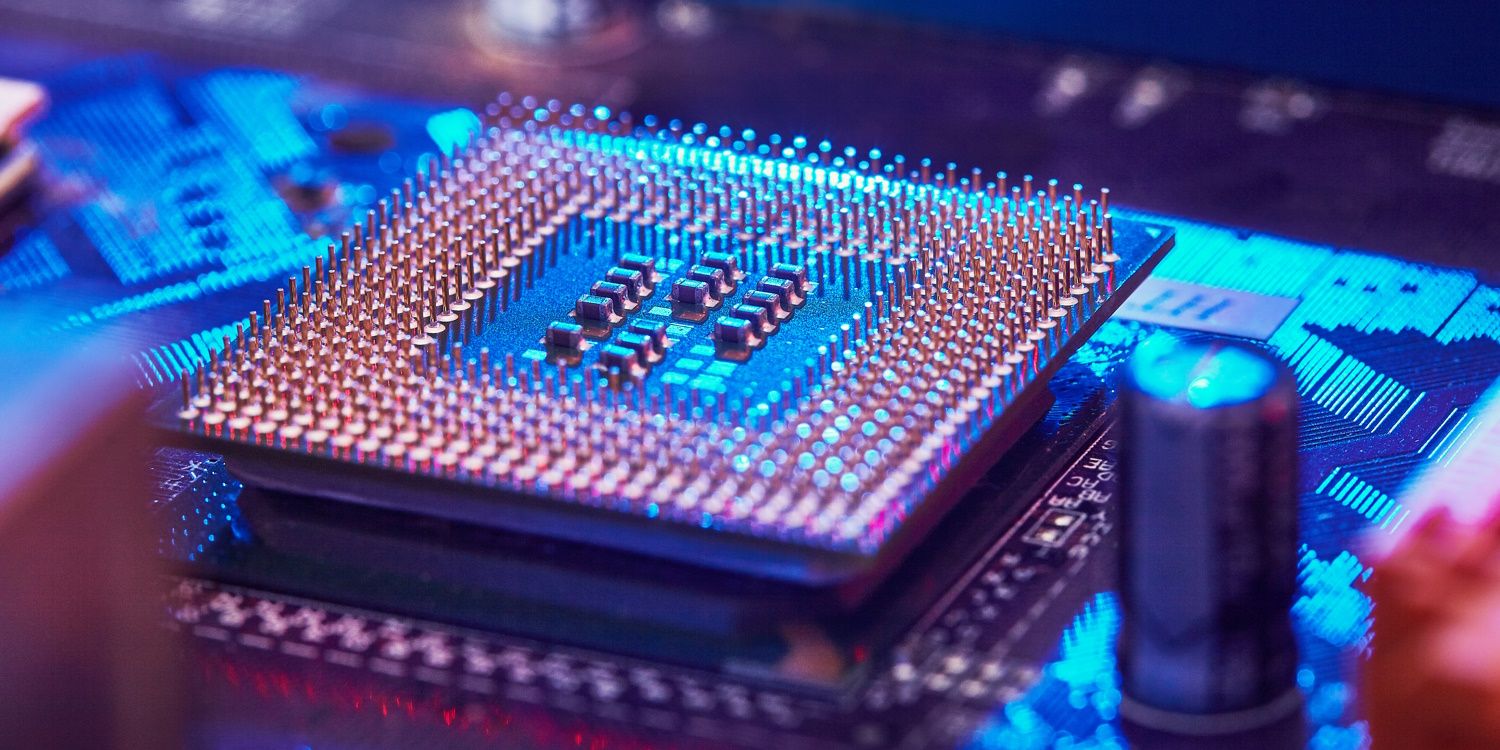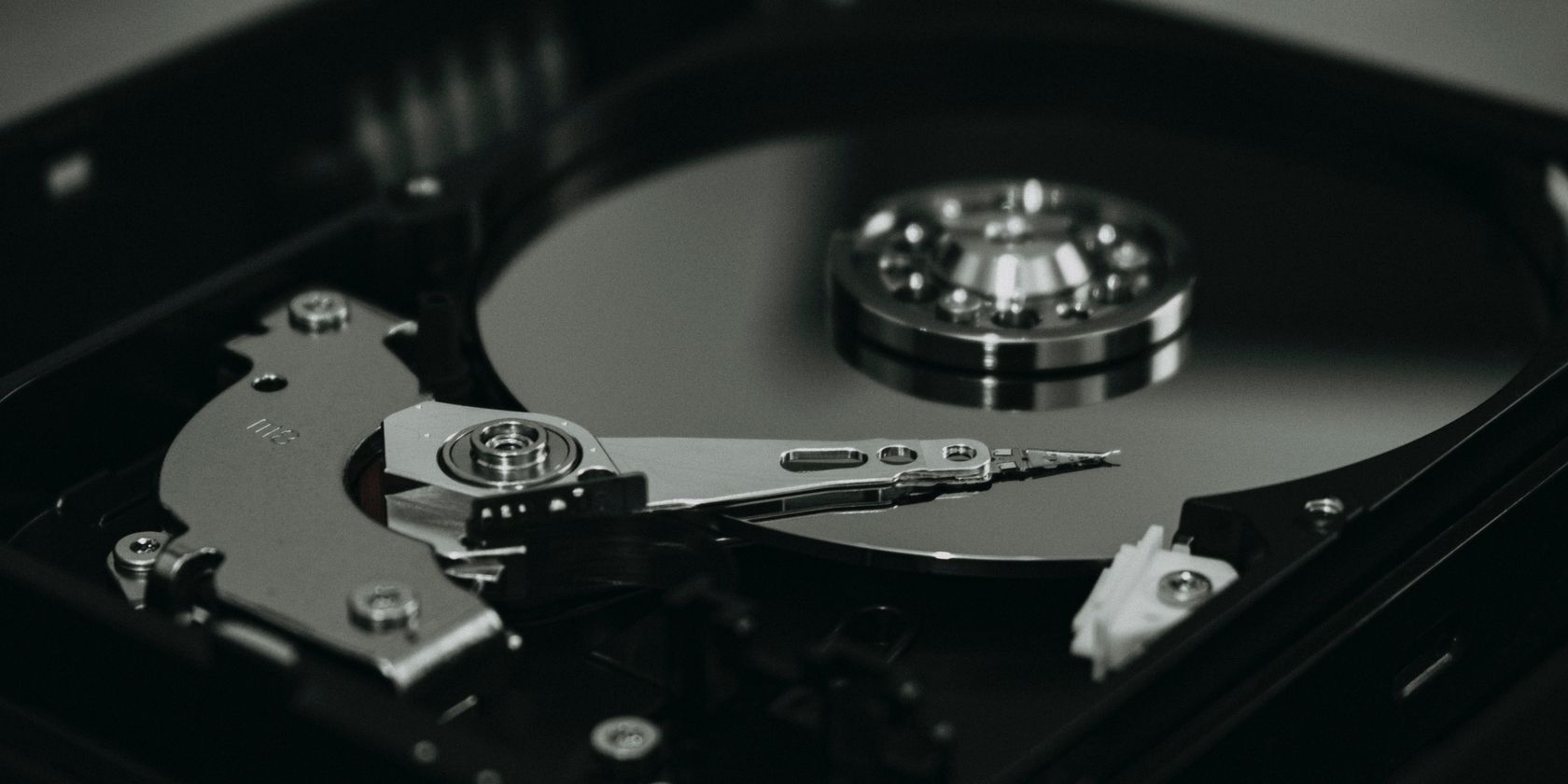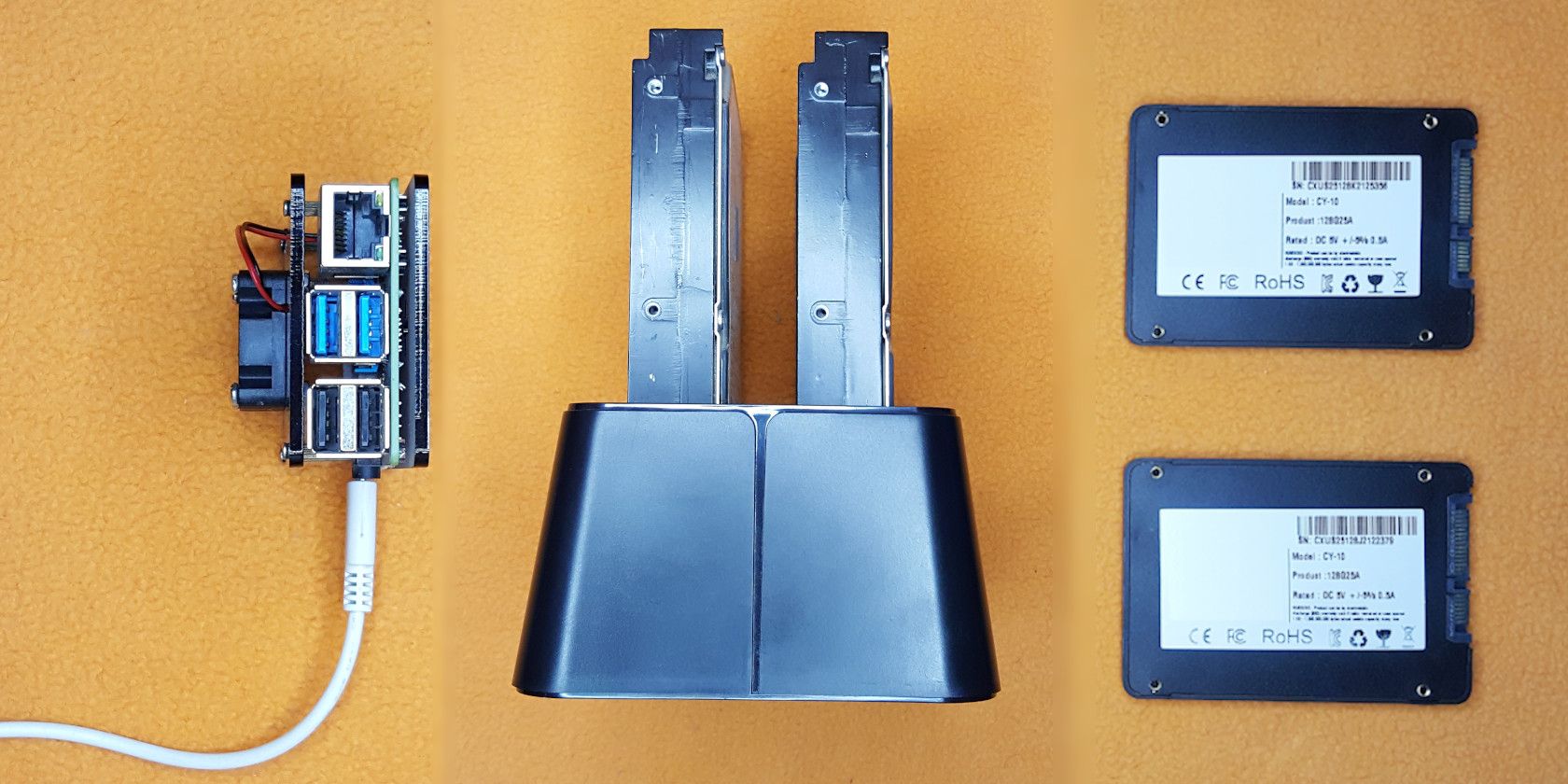The first iPhone launched in 2007 and had 4GB to 8GB of storage—where all files like photos and music were kept. Nowadays, you can pick up an Android smartphone with 512GB storage, 64x more than the original iPhone.
In tech, 16 years are centuries. But that's not the whole story. For example, memory and storage serve similar functions—sheltering bits and bytes—but work differently.
What's the Difference Between Memory, Storage, and Cache?
People use "memory" and "storage" as synonyms. It makes sense but is wrong, nevertheless. The similarity is clear; both hold data and are measured in bytes, but usage differs.
Storage is focused on long-term, well... Storage. Files are kept there, undisturbed, until needed. Whereas memory (random access memory—RAM) is all about the data computers need to access fast. For example, files being used, data relating to open apps, and important operating system files are held in system memory. That's because memory is faster than storage. Unfortunately, it's also more expensive, so RAM capacities are smaller than storage.
But we're getting ahead of ourselves. Let's explain each one in detail.
CPU Cache Memory
RAM stands for random access memory. As explained above, this is where data is stored to be easily accessible.
However, cache memory was created in the 1980s because memory wasn't fast enough back then. Cache memory works similarly to RAM but faster. It sits at the top of speed charts and is directly integrated into the central processing unit (CPU) that your computer is built around.
Cache is blazing-fast but costs even more than RAM. Its tiny capacities show that. For example, most computers nowadays have around 8-32GB RAM. In contrast, the fastest cache, L1, typically has kilobytes of storage, while the L3 cache (the largest) tops up at some dozen megabytes (though some CPUs now have L3 caches measuring in the hundreds of megabytes).
Random Access Memory (RAM)
A stored file, when opened, is copied to RAM. Currently running apps and some parts of the operating system are also held there. RAM was created around the late 1940s, allowing data to be stored and retrieved in any order—hence the "random" name. RAM is "volatile storage." Its contents are erased when the device is turned off, and the current stops flowing.
There are many types of RAM, too.
SDRAM
Computers since the 1990s have used Synchronous Dynamic RAM (SDRAM). That's what someone means when they say, "this computer has 16GB of RAM".
Many devices now use DDR5 RAM (Double Data Rate 5th Generation memory—the latest version at the time of writing) as SDRAM. However, it's still expensive, so DDR4 remains mainstream. You'll even find older DDR3 modules in older computers and phones.
Memory modules are available in two sizes: DIMM for desktops and SODIMM for laptops and small computers. Recently, a new form factor, CAMM, has been proposed for laptops. CAMM has advantages over SODIMM but isn't a widespread standard yet.
Now, there are typically two types of SDRAM: modules or soldered. Form factors differ, but they work the same.
Soldered RAM is used in smartphones, tablets, and some laptops. Modern Apple computers also use soldered RAM because it may improve performance. Laptops with soldered RAM may have one or more memory slots for future expansion, but that's often not the case. Computers that only use soldered RAM can't be upgraded. They can usually be customized during purchasing, but you can't expand them later.
Video RAM (VRAM)
Sometimes data require faster speeds than SDRAM, but there's more to it than the cache capacity. The most common example is graphics-intensive tasks—heavy gaming, video editing, or 3D modeling.
These need the aptly named video RAM (VRAM). GDDR6X, the fastest type currently, surpasses DDR5's speeds 20-fold. It's also soldered into the GPU, ensuring lower latency. Unfortunately, you can't just buy more VRAM as it's soldered on discrete graphics cards, not sold as modules.
Integrated GPUs (iGPUs) are also common. They're integrated into the CPU and have a tiny amount of dedicated VRAM (megabytes versus gigabytes for a dedicated GPU). Integrated GPUs use unified memory, which is SDRAM shared between the CPU and iGPU. The CPU defines how much RAM is available for graphics, taking back some when needed. The drawbacks of unified memory are lower bandwidth and capacity.
Non-Volatile RAM (NVRAM)
We said RAM is volatile, right? But there is a misnomer: Non-Volatile RAM (NVRAM). Created in the 1960s, it has disadvantages compared to volatile RAM, so the latter is more popular.
A recent "successful" NVRAM was Intel's and Micron's Optane. Looking like—and sometimes working as—a faster PCIe SSD, Optane functioned as RAM with specific Intel CPUs. It wasn't as fast as SDRAM, with pricing and capacity also in between. Manufacturers discontinued Optane in 2021.
There are two—perhaps one and a half—very specific types of NVRAM widely used. The first one is used with UEFI in modern motherboards (UEFI replaces the older BIOS). UEFI settings are kept in NVRAM since it loads before any storage is available. The UEFI itself is stored in a ROM chip—more on that shortly.
The "half" type is volatile RAM using batteries to remain powered with the device turned off. This is used to keep small amounts of data needed for simpler tasks. Motherboards that still use the older BIOS use this. Older gaming consoles that used cartridges and/or memory cards store save files using volatile RAM and a battery.
Read-Only Memory (ROM)
Those game cartridges are stored on ROM chips, as are UEFI and BIOS. Any non-rewritable optical disk, such as a Blu-ray, is also a type of ROM.
But, here and there, manufacturers release UEFI updates. So how are they "read-only" if they can be written?
These are Electrically Erasable ROM (EEPROM). Updates on EEPROM are done through very slow and careful processes. That's because a UEFI or BIOS update gone wrong may damage your motherboard.
Usual ROM needs to be written, too. Again, the details depend on the media. For example, optical ROMs can be written to once, whereas ROM chips need industrial machinery, then become read-only. Programmable ROM (PROM) are writeable by less expensive devices, being common among hobbyists.
Computer Storage: From Cardboard to Cloud
As explained before, storage keeps data long-term. The first computers used perforated cardboard for this. They contained computer programs and had to be carefully pierced with a binary code readable by the machine—definitely not user-friendly.
Magnetic Storage
The first massive evolution in computer storage happened in the 1950s when magnetic tapes were used to keep larger amounts of data.
Magnetic storage was a great idea, so hard disks built on that. Hard disk drives (HDDs) have been the main type of computer storage from the 1960s to this day. But even the best hard disks need moving parts that make devices vulnerable to damage and impact speed.
Flash memory, such as solid-state drives (SSDs), solves both issues. Made of silicon chips, like RAM, this type of storage reads and writes data electrically.
External Storage: Data On-the-Go
All that media is called internal storage: stuff kept inside the computer and used only there. But everyone needs to take data somewhere now and then.
External storage is actually as old as computers themselves. Perforated cards were inserted in a slot, so technically removable storage. Tapes could store permanent data, but HDDs came shortly after and were considerably better. The tape was cheaper to make and smaller becoming popular as external media.
First, it was replaced by floppy disks. Optical drives should have been the next step, but the rewritable versions were too expensive.
So, customers quickly moved to flash storage. Thumb drives and external HDDs or SSDs—the same as their internal counterparts, but with USB.
Cloud storage is replacing flash as external media. However, since it needs a constant internet connection, it won't replace portable external storage entirely.
Backup Storage
Lastly, there's backup storage. It works like any other storage type—the media are the same. The difference is intent: backup is a failsafe.
Internal backup—when the internal storage is two or more disks being copied in real-time—is not widely used by most people but is crucial for businesses. External backups, such as USB HDDs or SSDs, network-attached storage (NAS), and even cloud solutions, are more common.
Companies that need huge amounts of backup redundancy often resort to "cold backup." This happens less often, and the storage is disconnected from computers when not in use. Curiously, magnetic tape, used in "disaster recovery," remains common today.
Cache, Storage, and Memory All Play Different Roles
Cache, memory, and storage all play different but vital roles in keeping your computer running. In the future, we'll likely see the capacity of all these memory types increase, and research into this is a competitive area.





